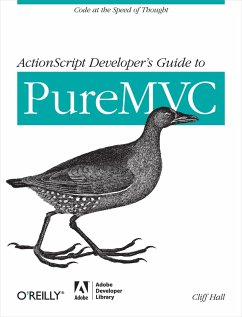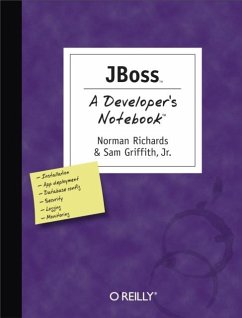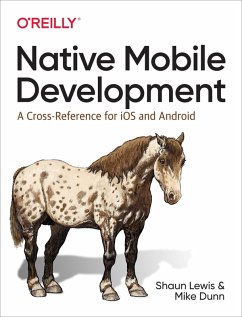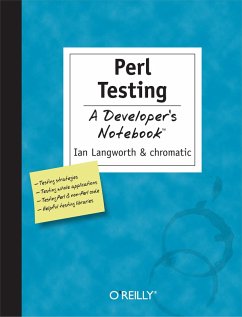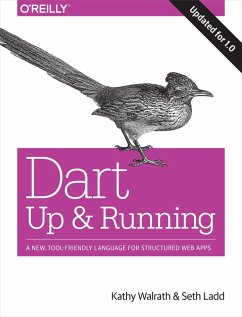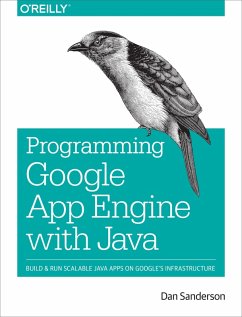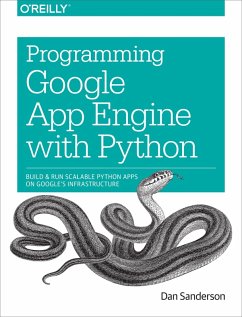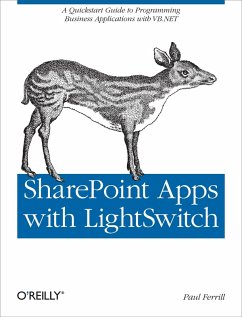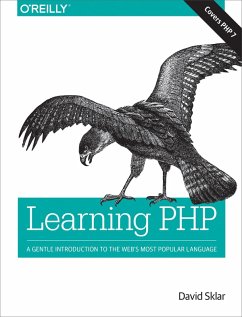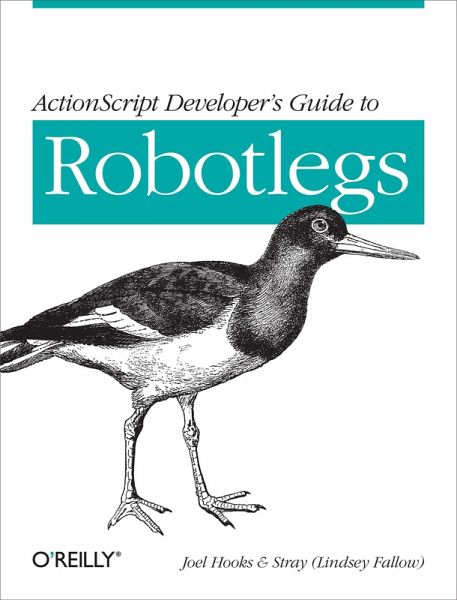
ActionScript Developer's Guide to Robotlegs (eBook, ePUB)
Building Flexible Rich Internet Applications

PAYBACK Punkte
5 °P sammeln!
Robotlegs is a standout among the ActionScript 3 development frameworks available today. With it, Flash, Flex, and AIR developers can create well-architected, testable, and flexible Rich Internet Applicationsfast. This concise guide shows you how the light footprint and focused scope of this open source framework not only solves your immediate coding problems, it helps you gain insight into AS3 architecture on a much deeper level.The authors provide a walkthrough of specific features in two applications they've written in Robotlegs, complete with code for each application as a whole. You'll le...
Robotlegs is a standout among the ActionScript 3 development frameworks available today. With it, Flash, Flex, and AIR developers can create well-architected, testable, and flexible Rich Internet Applicationsfast. This concise guide shows you how the light footprint and focused scope of this open source framework not only solves your immediate coding problems, it helps you gain insight into AS3 architecture on a much deeper level.The authors provide a walkthrough of specific features in two applications they've written in Robotlegs, complete with code for each application as a whole. You'll learn how to achieve a balance of flexibility and consistency in your own projects.Solve 80% of your coding problems with 20% of the APIGain code-base flexibility with automated Dependency InjectionLearn the anatomy of a Robotlegs applicationUnderstand the relationships between models, services, control code, and views in the framework's MVCS architectureSee how the Robotlegs approach facilitates Test Driven Development (TDD)Pick up practical methods for architecting Robotlegs solutionsGet expert insights to power-up your existing Robotlegs code
Dieser Download kann aus rechtlichen Gründen nur mit Rechnungsadresse in A, B, BG, CY, CZ, D, DK, EW, E, FIN, F, GR, HR, H, IRL, I, LT, L, LR, M, NL, PL, P, R, S, SLO, SK ausgeliefert werden.




